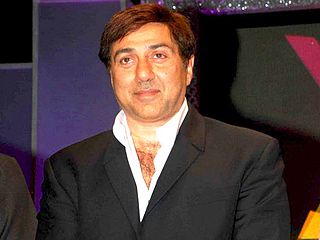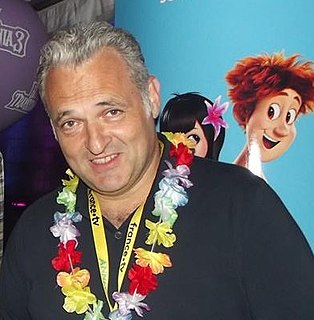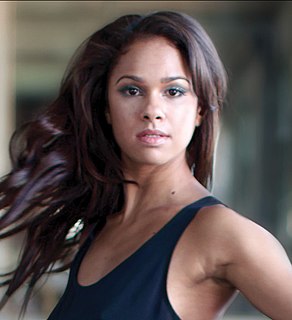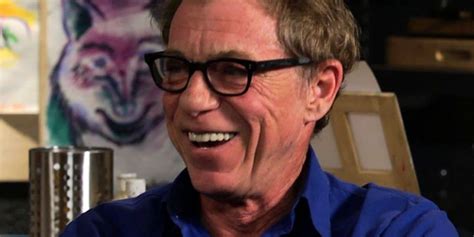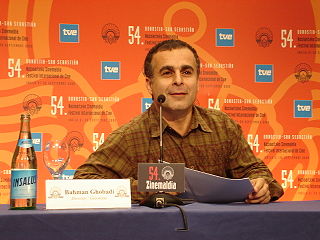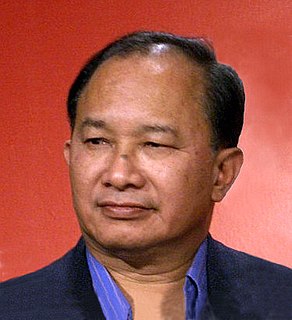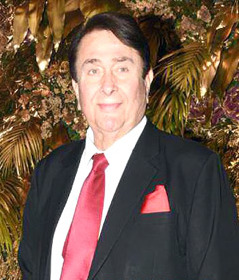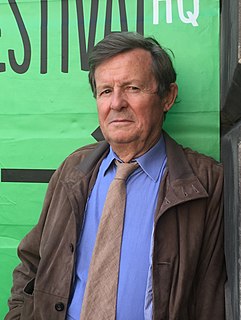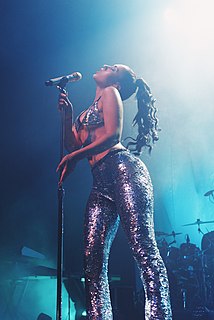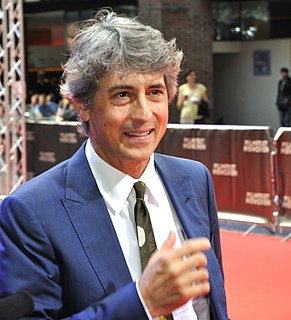A Quote by F. Gary Gray
Most of music videos were short films - they had dialogue, action sequences. I shot with cranes and helicopters. I wanted to created cinema-like moments.
Related Quotes
We wanted to not necessarily tell the story of the video or the song, but create an ambience. And I think now, I think that's gone now. There's nothing wrong with that. But I think we were all trying to make mini feature films. I remember when we were making the Duran videos, I would crop the top and bottom of the screen with black. So that it looked more like cinema.
I had my boundaries and restrictions of doing films so I stopped working in the eighties. This was an era when films were more action oriented. Most of the characters cast in the pivotal roles were either daakus or police inspectors. My face suits neither of these characters. I cannot look like a daaku, so acting had taken a back seat.
. . . it is true that language and forward movement in the cinema are jolly hard to reconcile. It's a very, very, difficult thing to do. . . . There is still a place in the cinema for movies that are driven by the human face, and not by explosions and cars and guns and action sequences . . . there's such a thing as action and speed within thought rather than within a ceaseless milkshake of images.


